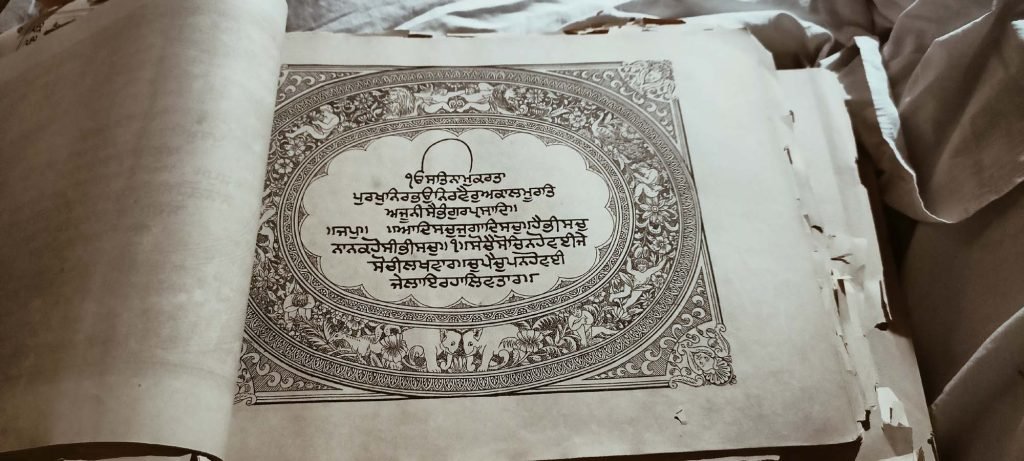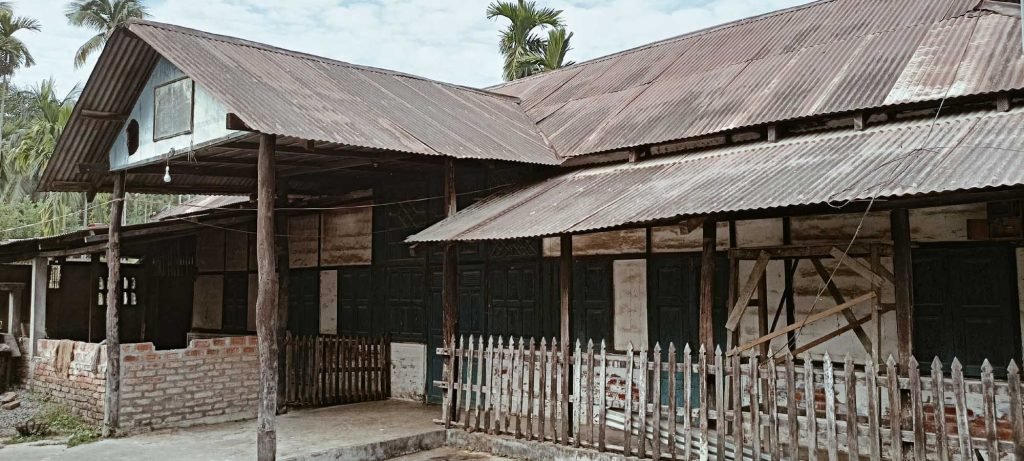The next time you drive towards Kaziranga from Guwahati, turn right after about 100 kms. Less than three kms off the highway, near Raha in Nagaon district, lies Chaparmukh Singh Gaon, one of the most prominent Assamese Sikh villages in the State.
Its residents, who trace their ancestry to soldiers who came from Punjab on the invitation of Ahom King Chandrakanta Singha, about two hundred years ago, believe that their forefathers defended Assam from Burmese invasion in the battle of Hadirachaki (1820-1822). According to oral tradition, while many laid down their lives, soldiers who survived stayed back in Assam, married Assamese women, and assimilated into the local culture. Today, even as they continue to maintain their Sikh appearance and religious practices, they are an integral part of Assamese culture. Their mother tongue is Assamese, to the total exclusion of Punjabi.



Chaparmukh Singh Gaon is home to a beloved piece of Assamese Sikh history—Gurdwara Mataji. Built in 1820, it boasts of two four-feet-long cannons and a gehu-chakki believed to have been brought by Mataji, widow of General Chaitanya Singh who was killed in battle. It is believed that Mataji and other surviving soldiers rowed up the Brahmaputra, then through Kopili river proceeded upstream to Titaimora Suti and Tinikhuti at Chaparmukh.
Assamese Sikhs are spread across central Assam, in and around Chaparmukh—at Barkola, Hatipara Singh Gaon, and Lanka. While Barkola is home to four Gurdwaras, Hatipara and Lanka Sikh Basti have one each. An exemplar of harmony, the langars of these Gurdwaras provide free food to villagers during floods. It is easy to fall in love with these Singh Gaons, filled as they are with hospitality and camaraderie. It is a unique mélange of experiences—agriculture, weaving, cuisine and a wonderful way of life. On this road less travelled you will understand why Assam is the land of unity in diversity.



